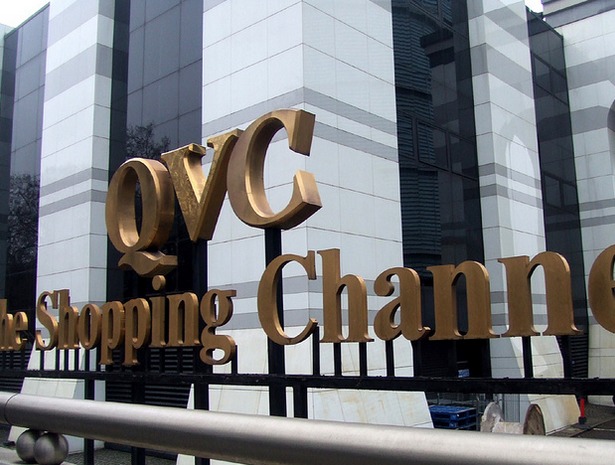 Author: Charles Sizemore
Author: Charles Sizemore
Covestor models: Sizemore Investment Letter and Tactical ETF, Strategic Growth Allocation
The February 13 issue of Barron’s made a statement that caught my eye: Americans are paying down their mortgages.
Fifty percent of all refinancings now result in smaller loans than the previous mortgage. Rather than using their homes as a virtual ATM machine, extracting equity (if you have any) to meet current expenses, Americans are actually retiring their mortgage debt early. It’s a remarkable change in behavior for a nation of consumers who, just a few short years ago, had a well-deserved reputation for wanton frivolity in their personal finances.
As Barron’s pointed out, paying down your mortgage at, say, 4% can be considered an “investment” when bonds yield barely 2%. But more than this, it is a change in sentiment brought about by changing demographics. America’s baby boomers, the largest and richest generation in history, are entering a new phase of their lives. With retirement approaching fast, the boomers are adopting the fiscal habits their parents were known for. (We all eventually become our parents, it just took the boomers a little longer than past generations.)
The boomers are the engine that has driven the U.S. economy (and by proxy, the world economy) over the past 30 years, and their reticence to spend will have a real impact on economic growth.
What does this mean for investors? Surprisingly, the news isn’t all bad.
True enough, top-line revenue growth for companies that depend heavily on the American market will almost certainly be modest in the decade ahead. Earnings per share growth, when it happens, will likely have to come from share-count reductions through stock buybacks and from revenue growth in emerging markets.
The good news is that investors can still make a decent profit under these conditions, assuming they choose investments wisely and pay a reasonable price. With less need to expand their businesses, many American companies are finding themselves with unprecedented levels of cash on hand. Some—such as notorious tightwad Apple (AAPL) —are simply stockpiling the cash (Apple‘s cash balance is an astonishing $97.6 billion).
But others, including Apple’s rival Microsoft (MSFT) are using their excess cash to reward their shareholders with share buybacks and, even better, dividends. Microsoft raised its dividend by a full 25% last year, and more increases are expected in 2012.
A better example might be that of “sin stocks.” Unlike Apple and Microsoft, which still have robust and growing demand for their products, American tobacco firms have faced slowing demand for their products for decades. But with no need to spend cash on investment and no need to advertise, tobacco stocks have still proven to be fantastic investments, in large part due to their rock-solid dividends.
I consider dividends to be the key to profitable investing in the years ahead. There will be periods when speculative growth stocks are more attractive, and we happen to be in one this quarter (see “Sin Stocks Trail Their More Virtuous Peers ” as an example). But for the core of your portfolio, stable, dividend-paying stocks are an attractive option in a world of slow growth and extremely low bond yields.


